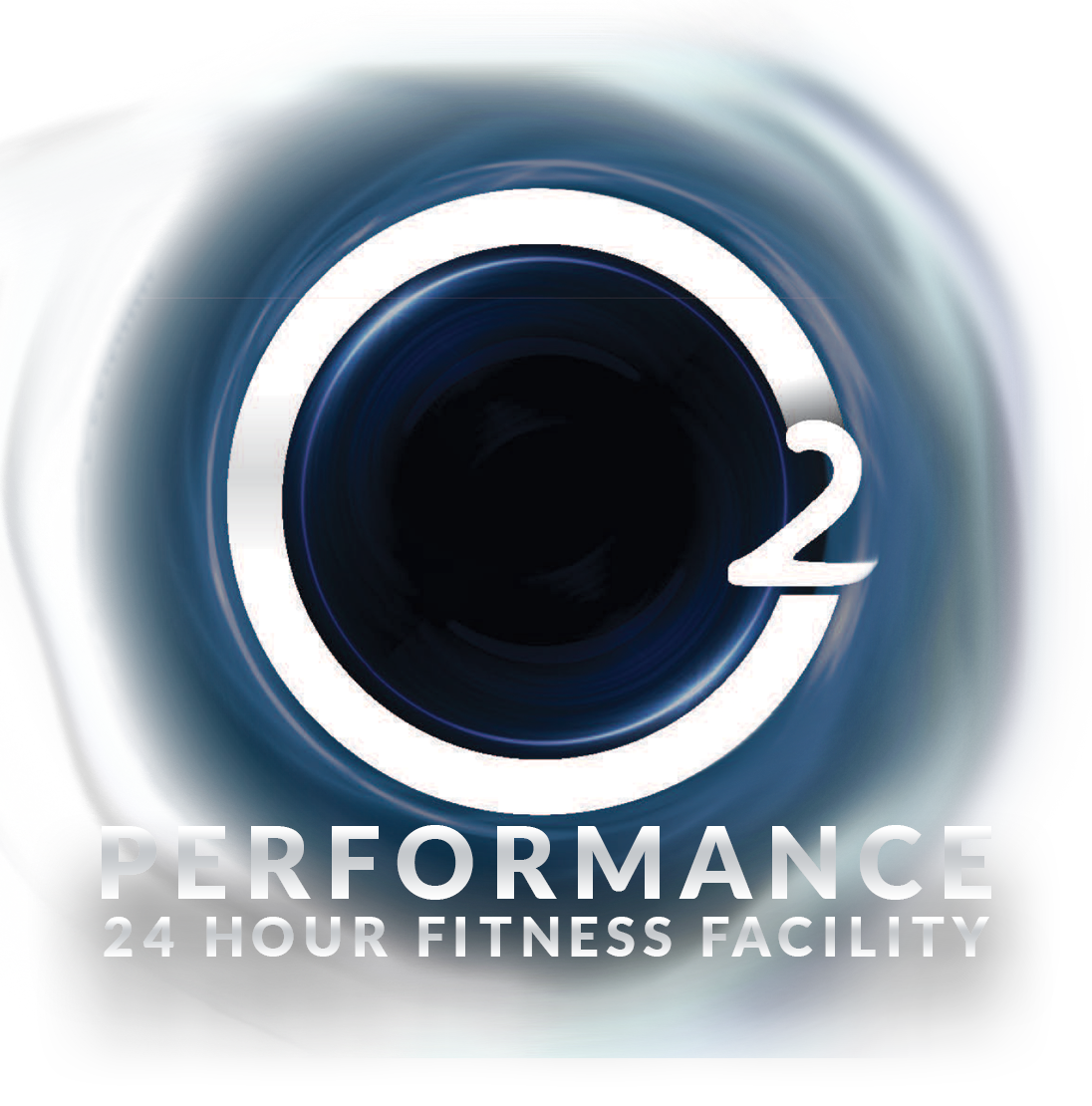Training Through a Cold: How to Manage Your Health and Fitness When You're Sick
You're crushing your fitness goals, consistency's your middle name, and your training routine is humming along smoother than ever. Then it hits: the dreaded tickle in your throat, stuffy nose, heavy head—yeah, you're sick. Nothing derails fitness momentum quite like catching a cold, and the first question everyone asks is: "Should I train or take time off?"
We've all heard the gym bro logic: "Sweat it out, you'll feel better." But let's cut through the myths and get real. When you're feeling under the weather, there's actually a pretty straightforward way to manage your fitness, stay healthy, and still keep your gains intact.
First things first—assess your symptoms. Not all colds are created equal. A good rule of thumb to follow is the "neck check." If your symptoms are above the neck (think stuffy nose, sore throat, or sneezing), you might still be okay to exercise—but scale it back. If your symptoms are below the neck (chest congestion, hacking cough, body aches, fever), it's a clear sign you need to rest. Your body is screaming for downtime, and ignoring it is only going to prolong your recovery.
When you do decide to hit the gym while dealing with a mild cold, let's talk intensity. Now's not the time for that heavy squat PR or crushing high-intensity interval training session. Your immune system is already fighting hard. Pushing too intensely can suppress immunity even further, leaving you vulnerable to worse symptoms or prolonged sickness. Instead, drop the ego, keep it light, and think "movement," not "performance."
Think active recovery—light walking, mobility work, stretching, or yoga. Gentle movements improve blood flow, help loosen congestion, and even boost your mood, which is often dragged down when you're feeling like garbage. Keep your sessions short (think 20–30 minutes tops) and gauge how you feel throughout. If symptoms worsen mid-workout, pack up and go home—this isn't a battle worth fighting.
Nutrition matters—a lot. When we're sick, appetite can swing either way. Sometimes you're ravenous; other times the thought of food makes your stomach turn. Regardless, proper nutrition helps support immune function. So, if your appetite's tanked, opt for smaller, nutrient-dense meals. Smoothies with fruit, leafy greens, and protein powder can save the day here. They’re easy to get down and supply vitamins, minerals, and calories without overwhelming your system.
Hydration is your best friend during a cold. When we're sick, especially if there's fever or heavy mucus production, we lose fluids rapidly. Keep sipping water, herbal teas, or electrolyte drinks throughout the day. Staying hydrated doesn't just make you feel less foggy; it helps flush out toxins, keeps mucous membranes moist, and speeds your recovery.
Sleep—it's honestly your superpower when you're sick. Your body repairs and rebuilds itself primarily during deep rest. Yeah, we've all heard "sleep more" a thousand times, but seriously, it's critical. Don't try to power through on four hours of sleep and buckets of coffee. Prioritize an extra hour or two per night while sick, and take naps if your schedule allows. Your workouts will thank you when you're back to full health.
Supplements can be helpful, too, but they're no magic bullet. Vitamin C and zinc have been shown to reduce the duration and severity of colds when taken early on. And there's a lot of hype around immune-supporting supplements like echinacea or elderberry syrup. While they won't work miracles, they can provide an extra little boost. Bottom line—if it makes you feel better, go for it. Just don't expect it to instantly fix you.
Now let's address the mental side of things because, let's face it, fitness isn't just physical. Getting sick can really mess with your head. Anxiety sets in—you're worried you'll lose strength, muscle mass, or endurance. Relax—here's the reality check you need: it takes way longer than a few days off to lose significant progress. Studies consistently show that short breaks (one to two weeks) barely put a dent in your strength or muscle mass, especially if you've been consistent in the months prior.
So rather than fretting over "lost gains," see this forced downtime as an opportunity. Yes, it's frustrating, but it's also a chance to catch up on rest, let nagging little injuries heal, or even refocus your mental approach to training. Sometimes an unplanned break can spark fresh motivation, allowing you to come back stronger and hungrier than ever.
Another critical aspect to touch on: hygiene at the gym. If you're mildly ill but decide to train, don't be "that guy." Wipe down your equipment thoroughly, wash your hands frequently, and avoid touching your face. Seriously, no one wants your germs. Better yet, if your symptoms are strong enough to be contagious, just stay home. Your gym community will thank you.
There's also a social aspect here: be considerate. While your dedication to fitness is admirable, it's never worth risking someone else's health. If you're sneezing or coughing uncontrollably, skip group classes or crowded gyms. It’s simple courtesy, and it keeps everyone else healthy.
And finally, know when to get back at it hard. The golden rule: wait until symptoms are mostly cleared up. You don't need to feel 100% perfect, but once your energy's back, congestion’s gone down, and you're breathing easier—you're good to go. Ease back in gradually, though. Your first few workouts post-sickness shouldn't be all-out wars. Ramp things up steadily to give your body the chance to fully recover.
At the end of the day, how you handle sickness says a lot about your commitment to long-term fitness and health. Smart training isn't just about pushing through pain and discomfort—it's about knowing when to throttle back, when to rest, and how to listen to your body’s signals. A cold isn't the end of your gains, your goals, or your progress. It's just a temporary bump in the road. Learn to handle it smartly, and you'll be stronger for it in the long run.

